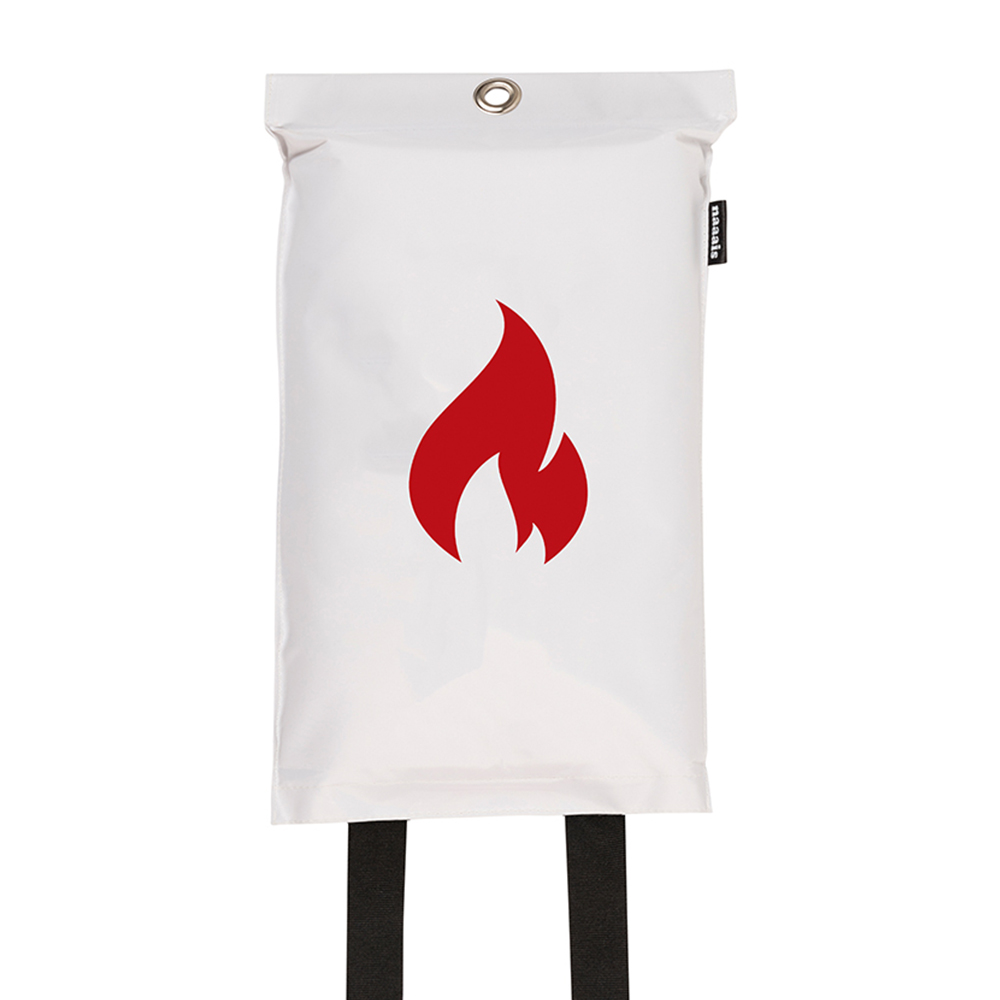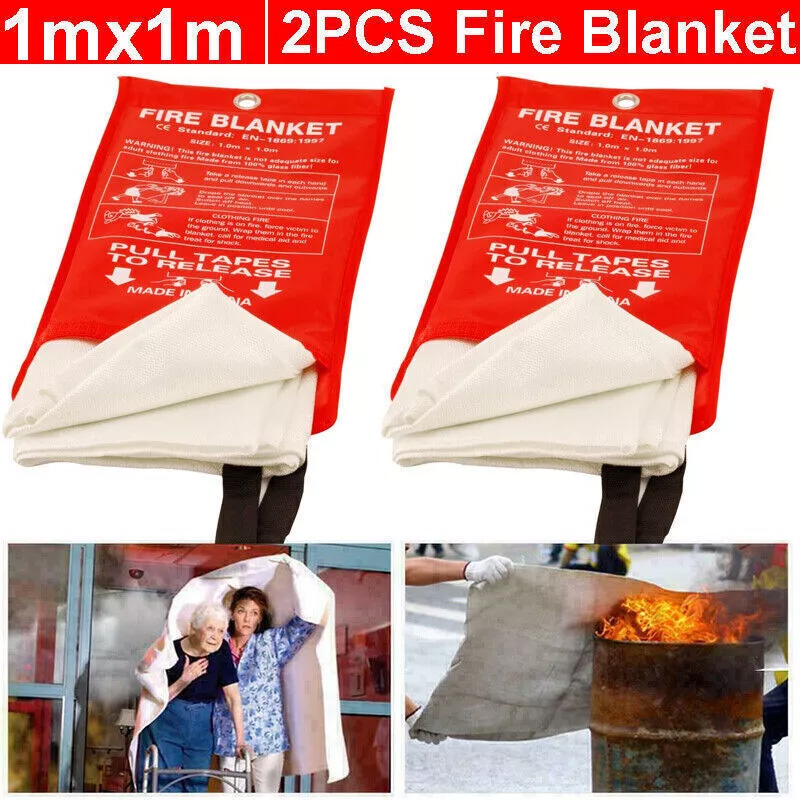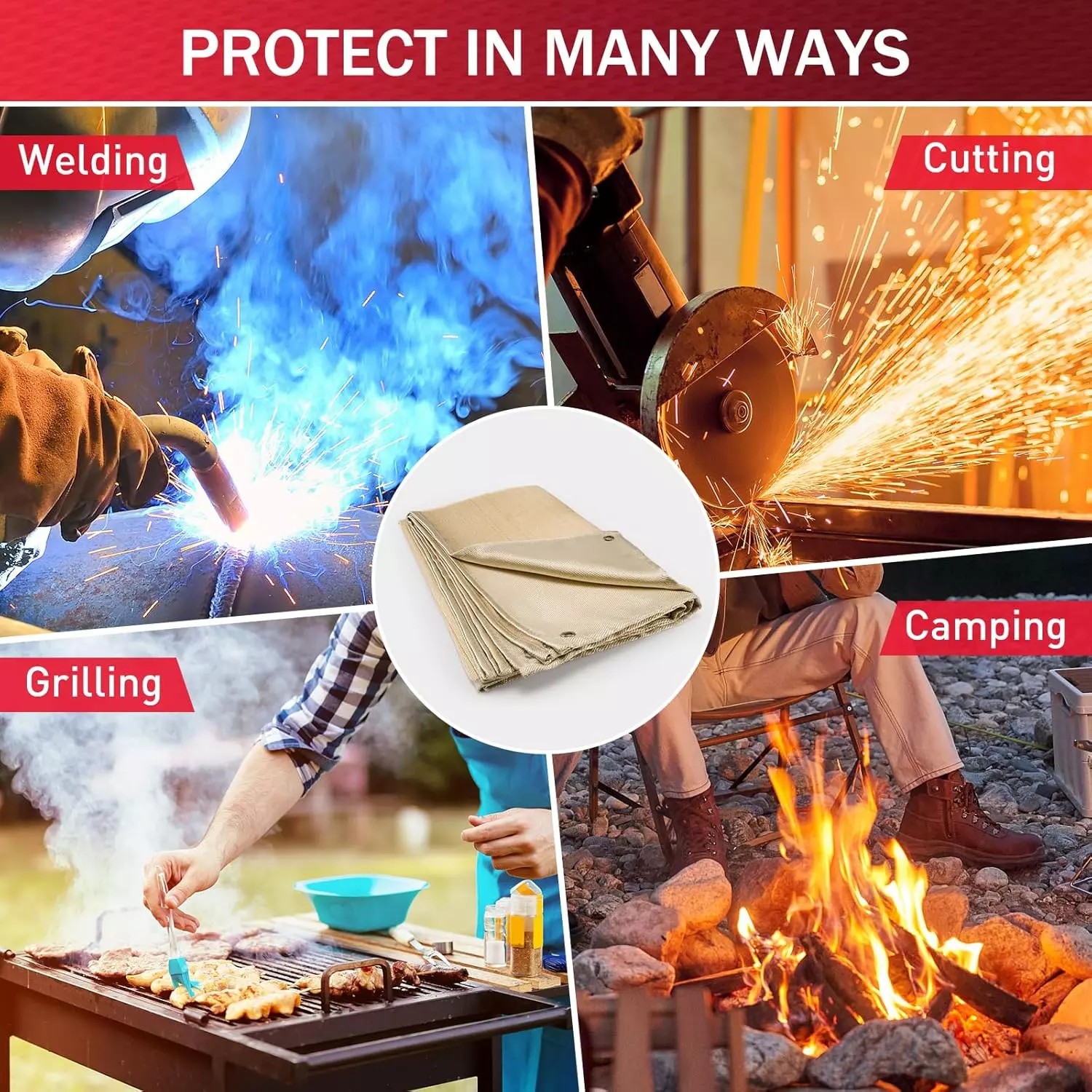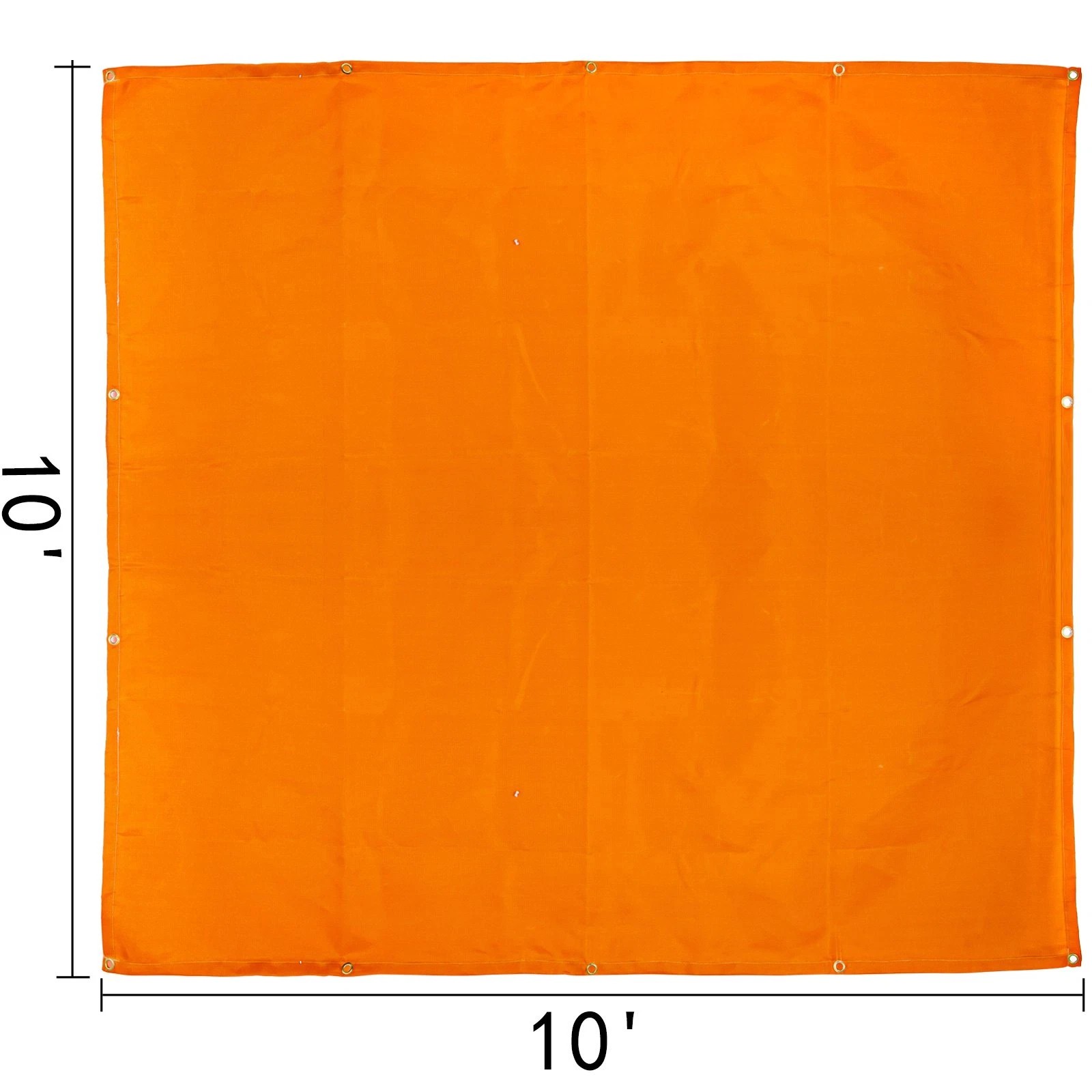Fire Blanket Emergency: How to Use It Safely in Critical Situations
Summary:A fire blanket emergency requires quick action. This guide explains when and how to use fire blankets effectively, their advantages over extinguishers, and proper maintenance for home/kitchen safety.
What Is a Fire Blanket Emergency?
When a small fire breaks out in your home or workplace, a fire blanket emergency refers to situations where this safety device becomes your first line of defense. Unlike fire extinguishers that spray chemicals, fire blankets smother flames by cutting off oxygen supply. They're particularly effective for:
- Grease fires in kitchens (common cooking oil fires)
- Electrical fires where water can't be used
- Clothing fires on a person's body
- Small contained fires in workshops or labs
Step-by-Step: Handling a Fire Blanket Emergency
During a fire blanket emergency, follow these critical steps:
- Assess the situation:Only use the blanket on small, contained fires. For large or spreading fires, evacuate immediately.
- Protect your hands:Use the blanket's corners or straps to shield your hands from heat.
- Cover completely:Place the blanket over the entire fire, working from the near edge toward the back.
- Leave it in place:Don't remove the blanket for at least 15 minutes to ensure the fire is fully extinguished.
- Call for help:Even if you've controlled the fire, alert emergency services in case of reignition.

Why Choose a Fire Blanket Over Extinguishers?
In certain fire blanket emergency scenarios, blankets outperform extinguishers because:
- No chemical residue that damages property
- No risk of spreading grease fires (common with water extinguishers)
- Easier to use with minimal training
- Can wrap around a person whose clothes are burning
- Works in tight spaces where extinguisher spray might miss
Proper Fire Blanket Maintenance
To ensure your fire blanket works during an emergency:
- Store in visible, easily accessible locations (kitchen wall, workshop entrance)
- Check expiration dates - most last 5-7 years
- Inspect annually for tears or moisture damage
- Replace after any use, even if it appears undamaged
- Keep away from direct heat sources that could degrade materials
Common Fire Blanket Emergency Mistakes
Avoid these errors during a fire blanket emergency:
- Using on large fires:Blankets are only for small, contained flames
- Improper placement:Failing to cover the entire fire base
- Early removal:Pulling the blanket back too soon allows reignition
- Wrong material:Some cheap blankets melt - only use fiberglass or wool
- No follow-up:Always call professionals after any fire incident
Fire Blanket Emergency Preparedness Tips
Enhance your readiness:
- Place blankets within 10 feet of potential fire sources (stoves, fireplaces)
- Conduct family/employee drills twice yearly
- Pair with smoke detectors for early warning
- Learn the "Stop, Drop, and Roll" technique for clothing fires
- Keep emergency numbers posted near blanket locations
Remember, during a fire blanket emergency, your safety comes first. If the fire grows beyond a small, controllable size, evacuate immediately and call professional firefighters.






